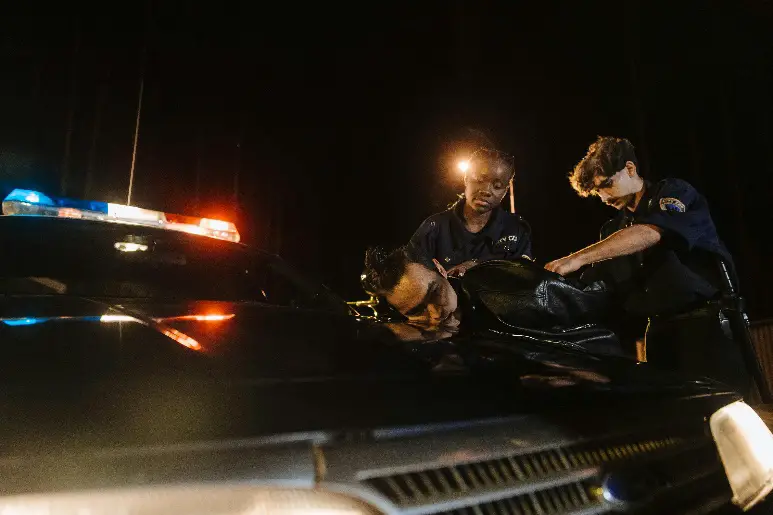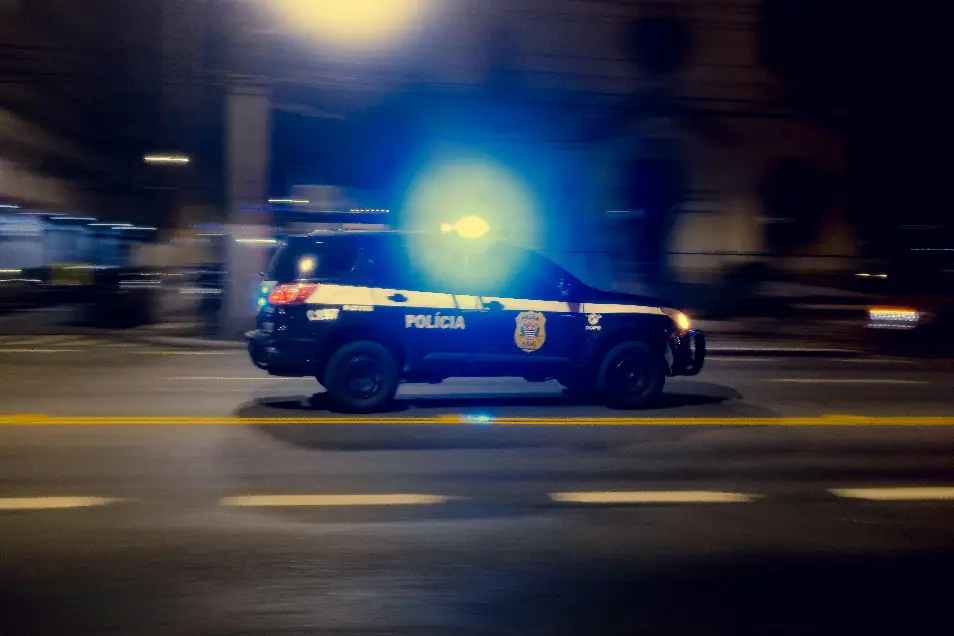A recent video recorded a scene of the suspected crime where the alleged criminal’s car was in a high-speed pursuit. The police officer deployed a spike strip at the speeding vehicle, which caused it to lose control and crash into a third-party vehicle. Under the law, neither the suspect nor the Police Department will be liable to pay for the damage. Unfortunately, the third party will have to pay for the damage from their insurance.
Criminal Activity and Auto Insurance

Your auto insurance rates will increase accordingly depending on the type and severity of the criminal offense you are involved in. For example, a speeding ticket offense may cause you to pay a premium raised by 24%. At the same time, drunk driving would raise your premium by 70%. As for non-vehicle-related offenses, premiums may increase if you have spent time in jail and have failed to pay your insurance money. Since jail time indicates increased risk due to lapse in coverage.
What if Car Accident Results?
If a car accident results while the crime has been committed, such as a runaway after a burglary, an insurance claim will be denied. Reckless driving, hit-and-run accidents, and driving while intoxicated can all lead to an insurance policy being terminated. However, suppose illegal activity is caught by chance after the driver is involved in a car accident. In that case, the insurance company may still refuse the driver’s claim due to the perceived threat of a driver who commits a crime.
Qualified Immunity

According to the law, if Police officers, while reasonably engaged in official police activities, cause damage to someone else’s property, they won’t be held responsible. This is because they are protected under “Qualified Immunity.” The affected third party cannot file a lawsuit claiming the official violated their rights. This applies to police officers and other executive branch officials.
Judges, prosecutors, and legislatures are also protected under similar immunity doctrines. This has helped maintain a balance between the following objectives:
- The need to hold the law-enforcing officials accountable for carrying out violent
- Abusive acts in their power concerning the general public
- The necessity to shield the officials from harassment and personal consequences of their interactions that are related to their job
This helps support them in performing their duties reasonably. However, it is essential to mention that officials cannot escape a lawsuit for any violation by state and local officials of an individual’s “clearly established” law or constitutional rights.
How to Proceed with Qualified Immunity?

Qualified immunity is more than just immunity from paying monetary damages to officials. It also grants immunity from undergoing the entire trial process. This defense shields the official from all claims except those involving deliberate lawbreaking or situations where the official behaves unreasonably.
“Reasonable” means just, appropriate, or usual in conditions. Since the officials are protected from trial, the courts should consider resolving these matters before discovery.
Challenging the Qualified Immunity
In 1988, the California legislature granted law enforcement officials immunity from specific claims. This immunity would apply if they followed pursuit policies meeting particular minimum criteria. The legislature passed a statute for this purpose. It explicitly stated that the immunity would protect officials from cases involving property damage, personal injury, and even death resulting from a vehicle crash caused by a suspect or an offender.
The legislature aimed to encourage law enforcement agencies. They sought to set a minimum criterion for their policies of high-speed and emergency driving pursuits. After that, the law established four minimum requirements to be checked on by the court rather than a jury. The court would judge whether a particular policy complies with the law. Hence, this legal action was taken to challenge the immunity statute and see whether or not the pursuit policies of each agency met the criteria anticipated by the legislature.
Wrap-Up
The court’s decisions in the past needed more proper guidance and specificity about how they expected the officials to meet the standards. However, police departments in California have now dedicated significant time and resources to revising their pursuit policies. They’ve also focused on enhancing in-service training for field officers and supervisors. It has further declared that officers’ discretion should be kept to a minimum when conducting high-speed pursuits. Suppose the police department remains vigilant in implementing and enforcing these regulations. In that case, they should expect increased public confidence and less exposure to liability for injuries or property damage from pursuits. Ultimately, the goal is to balance effective crime deterrence and safeguarding public welfare during police pursuits.

